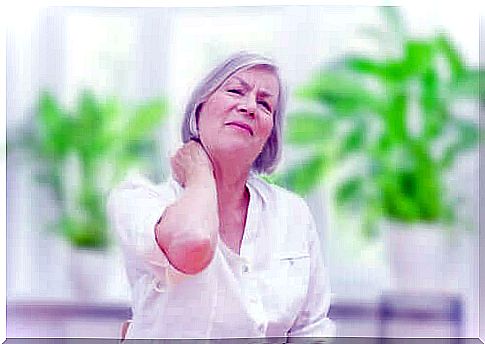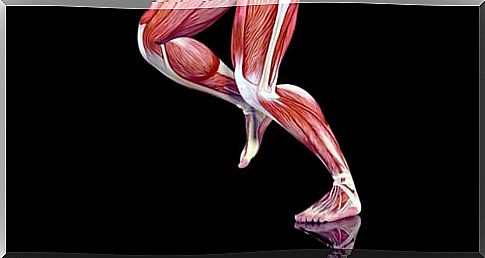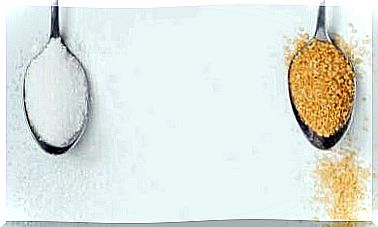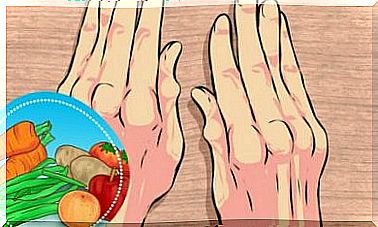Myofascial Trigger Points: What Are They And How Are They Treated?

Muscle pain is a common ailment among adults, which is why many go to the emergency room or doctor’s office. In this article, we look at what myofascial syndrome or myofascial pain syndrome is, what their trigger points mean, and what options are available to treat them today.
Bones and muscles represent nearly 50 percent of an adult’s weight, so it’s not at all uncommon for muscle pain to often cause discomfort. Trigger points are an essential part of understanding myofascial pain syndrome, as they refer to pain-causing points in the muscles.
What are Myofascial Trigger Points?
Myofascial trigger points (abbreviated as TrP or MTP) refer to a small area of muscle where pain and irritability are concentrated. In other words, we are talking about a small, delimited area of muscle where the pain feels painful when subjected to pressure.
Myofascial syndrome is thus a set of different muscle pains caused by trigger points and their stimulation. In other words, this syndrome cannot be identified until these painful areas and the factors to which they respond are first identified.
In myofascial pain syndrome, examination of the muscle reveals precise, limited pain that is part of a larger strand that is palpable by hand. This strand is usually pink and resembles a muscle cramp.
The pain in this delimited area is called the myofascial trigger point. To date, at least 255 different trigger points have been described in medicine, distributed in different muscles of the body. Thus, no part of our body is exempt from the existence of these trigger points.
The patient himself can determine where in the body a small painful area is found, or feel the pain spontaneously. Because no one else can feel your body better than you do, that’s why identifying chronic pain always starts with the patient’s own story.

What are the symptoms of myofascial trigger points?
Myofascial trigger points are located around the body and are found in almost all muscles. At the same time, however, there are a few areas that are more susceptible to myofascial pain than other muscles. These are:
- Neck muscles
- Upper / shoulder muscles: area of the musculus trapezius
- Pelvic waist muscles: pelvic area
- Muscles directed at the bite
Symptoms of trigger point stimulation are mainly pain and muscle contraction. Muscle tension increases and muscles tighten, which shortens muscle size.
This leads to muscle weakness, loss of strength, and poorer physical endurance. For example, those who suffer from myofascial pain syndrome may often complain that they are unable to perform various muscle fitness exercises at the gym or, for example, manage to complete long walks.
When an active trigger point is found in the body, the pain is spontaneous and the area does not need to be stimulated to cause symptoms. On the other hand, latent trigger points are those that respond only to external stimuli.
If the patient’s trigger points are located in the muscles of the face, the patient may experience hearing-related symptoms such as dizziness, problems maintaining balance, and ringing in the ears. In the most severe cases, the patient may suffer from spontaneous fainting or vomiting.
How are trigger points handled?
In some cases, Myofascial trigger points may disappear without any treatment as long as adequate rest is provided and there are no other causes of the syndrome underlying the syndrome. Of course, spontaneous improvements do not occur in all situations, and sometimes it is necessary to resort to some forms of treatment to release trigger points.
There are various techniques for treating myofascial trigger points; some of them are invasive and others are based on general measures. Among the non-invasive modes of action, we can mention the following:
- Finger pressure acupressure
- Physiotherapeutic massage that relaxes muscles and releases muscle fibers
- Relaxation after isometric strength training
- Cold treatment: Use of locally applied cold
More severe cases may require more intense and invasive procedures, such as drypoint therapy, electrical nerve stimulation, or pain point drug injections. Ultrasound has also been shown to be a positive treatment for some patients.
The use of prolotherapy has also gained some importance in the treatment of myofascial pain. This therapy consists of administering irritants directly to the tendons and tissues where the pain is located. The primary goal of prolotherapy is to restore lost muscle or tendon mobility.

Myofascial pain syndrome is chronic and requires monitoring
In order to be able to rule out other painful diseases and ailments, it is important that the patient seeks medical attention as soon as possible. In this way, the physician can also determine, based on the patient’s report, which steps follow the diagnosis of myofascial trigger points. At the same time, it is very important to change the habits or habits that cause the body to malfunction and through this also the painful states of the muscles.
While it is true that Myofascial trigger points may disappear spontaneously, this pain syndrome must be treated in a timely manner to avoid symptomatic exacerbation. For this reason, when the pain conditions are prolonged, it is always advisable to consult an expert in the field.









